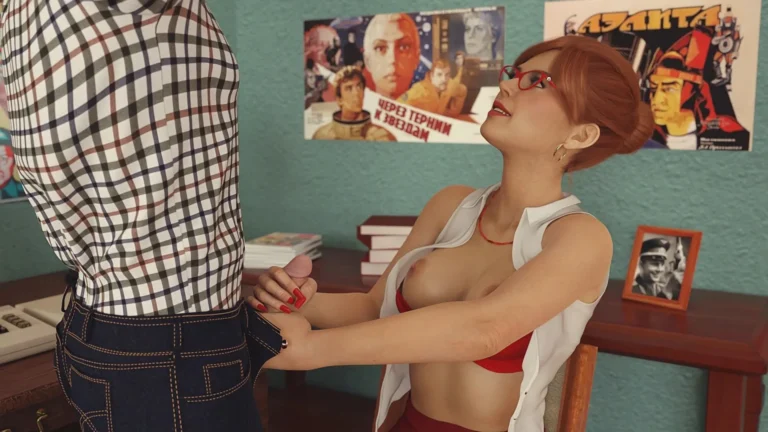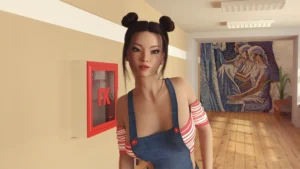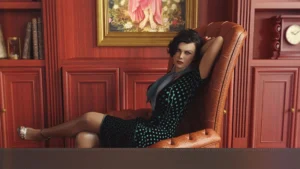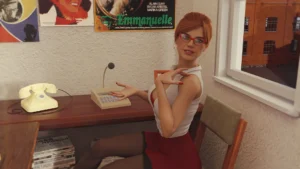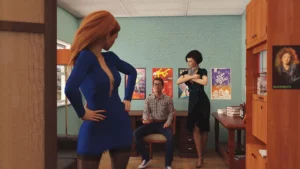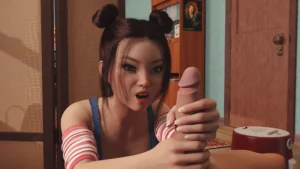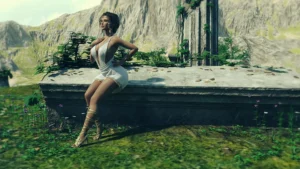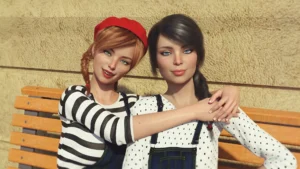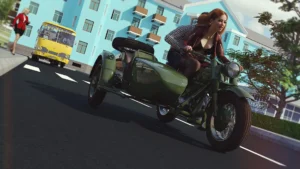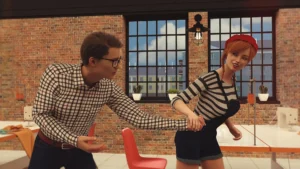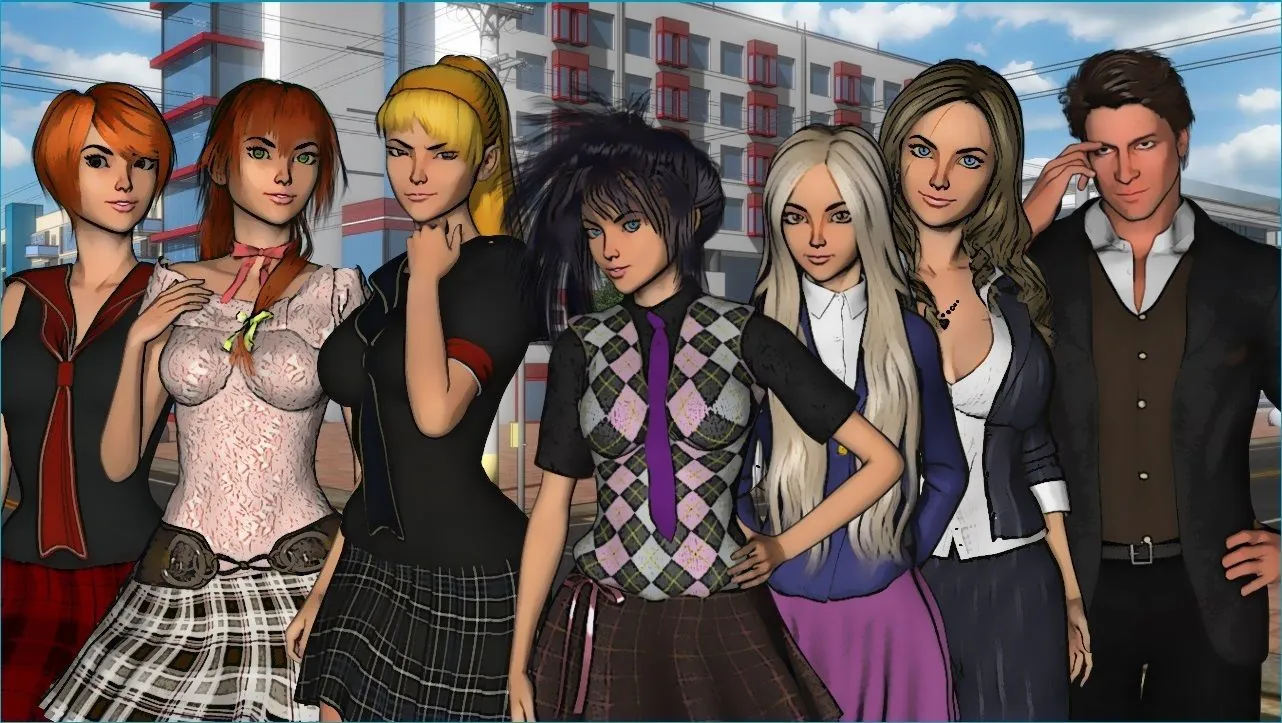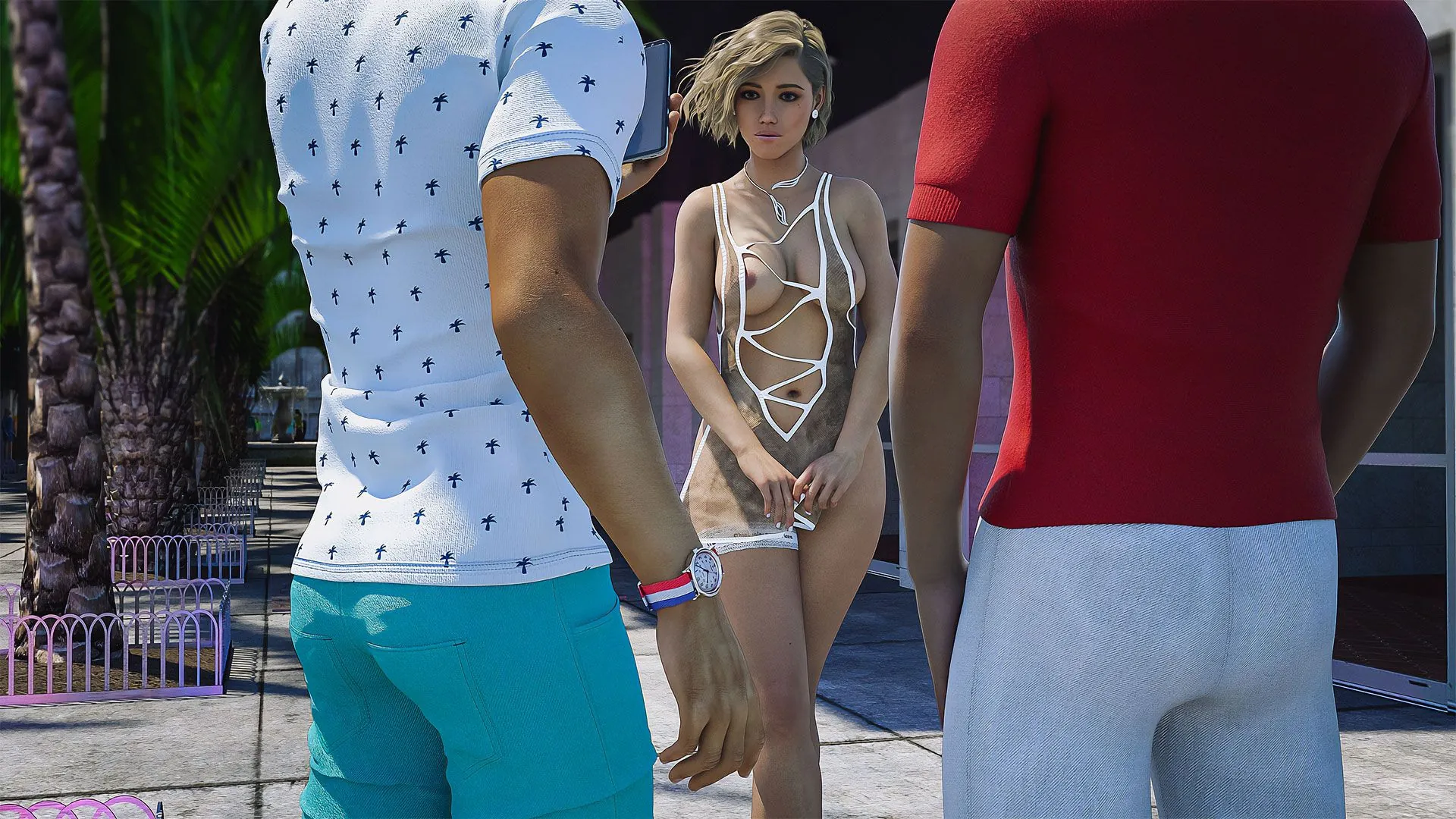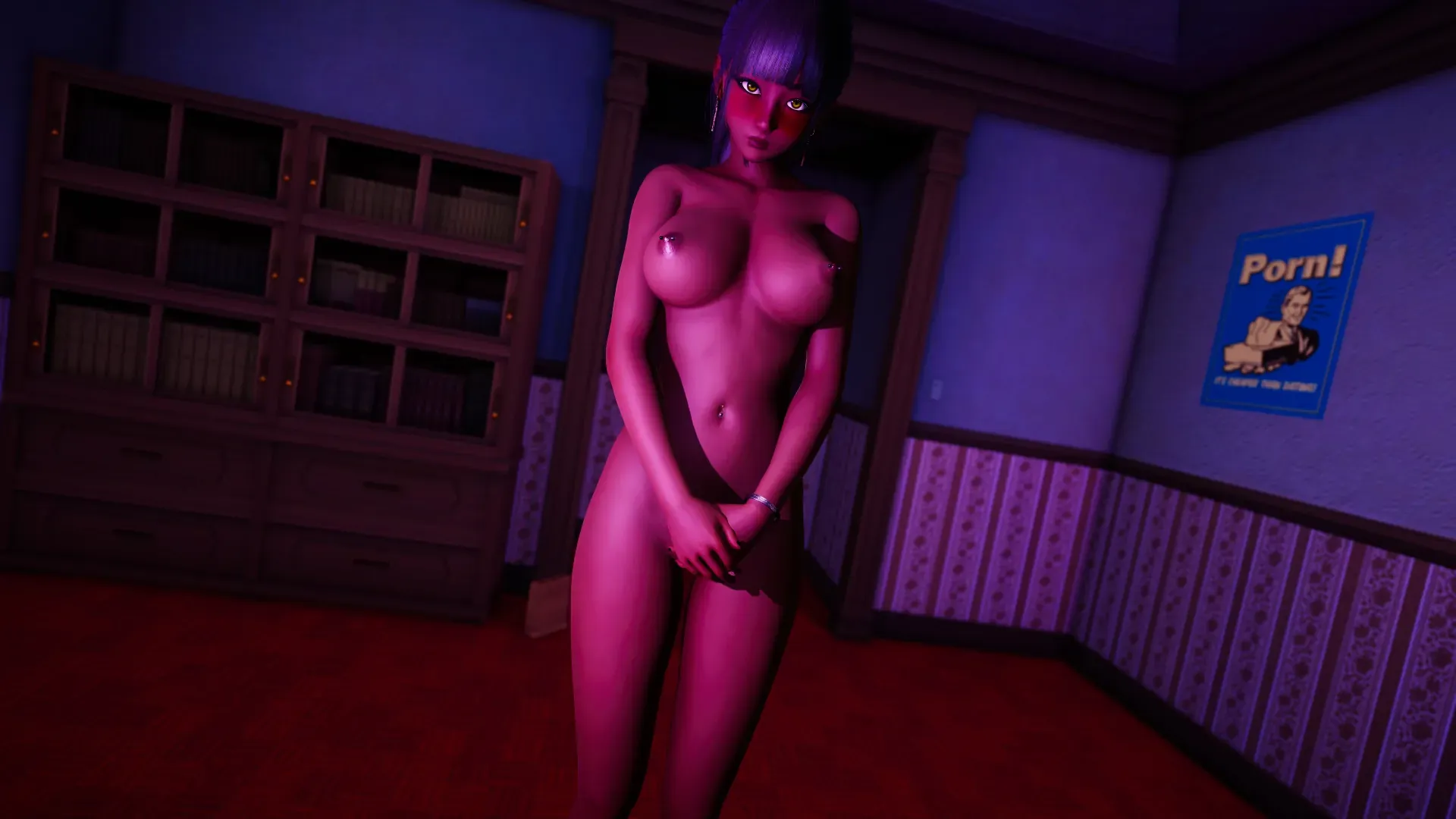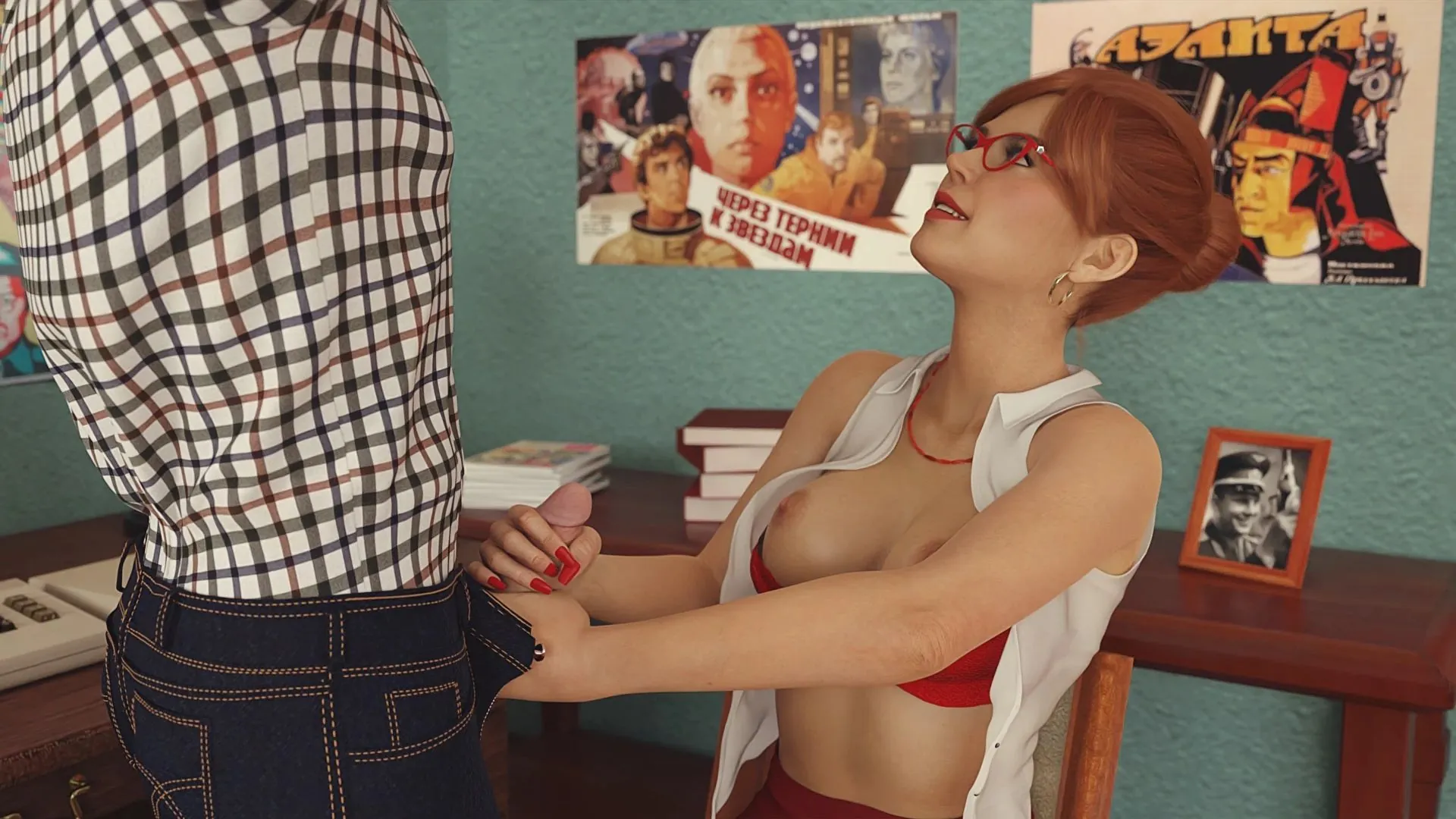
RSSU – Retro Style Soviet Undies – Case#1 Ithaca Project
Play RSSU – Retro Style Soviet Undies – Case#1 Ithaca Project
RSSU – Retro Style Soviet Undies – Case#1 Ithaca Project review
Exploring the Unique 80s Soviet Visual Novel Experience
RSSU – Retro Style Soviet Undies – Case#1 Ithaca Project offers a distinctive dive into the late 1980s Soviet Union through a humorous and engaging visual novel format. This game stands out by blending retro Soviet culture with a quirky storyline centered around a young protagonist’s adventures in a garment factory. If you enjoy narrative-driven games with a nostalgic twist and a comedic tone, this title promises a fresh and entertaining experience that captures the spirit of the era while delivering lighthearted adult-themed storytelling.
Immersing in the 1980s Soviet Setting of RSSU
Stepping into RSSU – Retro Style Soviet Undies – Case#1 Ithaca Project is less like starting a game and more like unearthing a time capsule. 🕰️ I remember my first boot-up; the grainy filter, the specific synth melody, and the immediate sight of a classic Soviet apartment block instantly transported me. This isn’t a generic historical setting—it’s a meticulously crafted 1980s Soviet Union game setting that feels lived-in and authentic. For anyone curious about this unique slice of history, or for those who lived through it and want a hit of nostalgia, this Soviet 80s nostalgia game delivers an experience you simply can’t find anywhere else.
The RSSU game setting is its own character, and the developers’ commitment to detail is what makes the immersion so complete. You aren’t just told you’re in the late 1980s USSR; you see it, you hear it, and you feel the specific social atmosphere. It’s this dedication that creates a truly compelling Soviet-era visual novel atmosphere.
What Makes the Soviet 80s Atmosphere Unique? 🏢
So, what exactly sets this period and place apart? It wasn’t just the politics; it was the texture of everyday life. The 1980s Soviet Union game setting in RSSU captures a society in a state of subtle transition, caught between decades of tradition and the looming possibility of change. This tension is palpable everywhere, from the conversations characters have to the very items that clutter their homes.
The game is set specifically in Maryino, a massive residential district in Moscow. Choosing this location for a Maryino Moscow USSR game is a masterstroke. It wasn’t the glamorous center of the city, but a quintessential microrayon (microdistrict)—a world of identical concrete-panel apartment blocks, cramped courtyards, and a shared sense of community among the residents. This isn’t Red Square; this is where ordinary people lived, and that’s where the most genuine stories are found.
The atmosphere is built on a foundation of sensory details:
* Visuals: The color palette often feels slightly faded, reminiscent of old photographs. You’ll see the iconic chebureki (fried meat pasties) stands, the specific models of cars like the Lada, and the distinct, often utilitarian, fashion of the era.
* Sound: The soundtrack is a mix of somber synth and melodies that wouldn’t be out of place in a Soviet film from the time. The ambient sounds of a courtyard, a bus arriving, or the general murmur of a communal space are all present. 🎶
* Social Dynamics: The game doesn’t shy away from the realities of the time, like the famed defitsit (shortages) of certain goods or the quiet, cynical humor people used to cope.
Here’s a quick breakdown of some key atmospheric elements you’ll encounter:
| Atmosphere Element | How RSSU Brings It to Life |
|---|---|
| Architecture & Environment | Detailed backgrounds of Brezhnev-era apartment blocks, dusty courtyards, and generic state-owned shops. |
| Everyday Objects | Characters interact with period-accurate items like specific soda bottles, rotary phones, and propaganda posters. |
| Social Rituals | Scenes involving queuing for goods, communal gatherings in kitchens, and conversations reflecting the era’s anxieties. |
| Audio Landscape | A soundtrack and sound effects that perfectly emulate the audio experience of the late Soviet period. |
This attention to detail is what transforms the game from a simple story into a genuine cultural immersion. It successfully builds a Soviet-era visual novel atmosphere that is both educational and deeply engaging. Stepping into this world is a fascinating history lesson disguised as a quirky adventure. 📚
How the Game Captures Soviet Culture and Humor 😄
The heart of RSSU – Retro Style Soviet Undies – Case#1 Ithaca Project isn’t just in its setting, but in how it weaves Soviet culture in visual novels into its very narrative fabric. The game understands that culture is more than just props; it’s about mindset, language, and a very particular way of seeing the world. The dialogue is peppered with Soviet-era idioms and phrases that ring true, instantly building credibility.
But where the game truly shines is in its masterful use of retro Soviet humor in games. This isn’t just about inserting jokes; it’s about a specific brand of wit born from decades of navigating a complex and often absurd reality. It’s a cynical, resilient, and deeply intelligent humor that finds lightness in the grimness. The game’s protagonist and supporting cast deliver lines that feel like they were pulled straight from a kitchen-table conversation in 1987—wry observations about the system, playful jabs at bureaucracy, and a general sense of “what can you do?” amusement.
The humor isn’t just for laughs; it’s a crucial part of the world-building, showing how people maintained their humanity and sanity.
Let me give you a concrete example from my playthrough. Early on, you need to acquire a simple, everyday item. In any other game, this would be a trivial task. Here, it becomes a mini-odyssey involving a vague tip from a neighbor, a long queue where everyone shares rumors, and a final transaction that feels more like a clandestine spy handoff than a purchase. The entire sequence is played with a straight face, but the sheer absurdity of the situation, so normal for the characters, is where the retro Soviet humor in games lands perfectly. You’re not laughing at them, you’re laughing with them at the inherent ridiculousness of their circumstances.
This approach to Soviet culture in visual novels does two brilliant things:
1. It makes the setting feel alive and relatable, rather than a dry historical lesson.
2. It creates a unique bond between the player and the characters, as you both navigate the same bizarre social landscape.
The game proves that exploring a culture through its humor is one of the most effective ways to understand it. By mastering this, RSSU offers a nuanced and unforgettable look into the Soviet 80s.
The Role of Setting in Enhancing Storytelling 📖
In many games, the setting is just a backdrop—a pretty painting behind the actors. In RSSU – Retro Style Soviet Undies – Case#1 Ithaca Project, the 1980s Soviet Union game setting is an active participant in the narrative. The constraints and social rules of the time directly shape the plot, the character motivations, and the very stakes of the story. The RSSU game setting isn’t optional; it’s essential.
Think about it: the entire premise of a “case” involving mysterious underwear has a different weight in this context. In a different setting, it might be pure slapstick. Here, in the late Soviet era, it taps into themes of secrecy, scarcity, and the desire for something from beyond the Iron Curtain. The mundane becomes extraordinary, and the ordinary becomes a potential source of intrigue. This elevates the entire experience, making this Soviet 80s nostalgia game surprisingly profound.
The choice of Maryino is, again, crucial to this. As a Maryino Moscow USSR game, it grounds the story in a reality of communal living and limited personal space. Gossip travels fast in these courtyards. Everyone knows everyone else’s business, which adds a layer of tension and social maneuvering to the protagonist’s actions. Your decisions aren’t just about advancing the plot; they’re about navigating a tight-knit social web where reputation matters.
Ultimately, the powerful Soviet-era visual novel atmosphere serves the story by:
* Raising the Stakes: Simple actions feel riskier and more consequential.
* Defining Character: The characters’ personalities are directly informed by how they cope with their environment.
* Creating Conflict: The central mystery of the plot is born from the unique conditions of the era.
By the end of your time with RSSU, you realize that the story you’ve experienced couldn’t have happened anywhere else, or at any other time. The Soviet culture in visual novels isn’t a gimmick here; it’s the very soul of the narrative, making Case#1 Ithaca Project a truly unique and memorable journey into a world that is both foreign and fascinatingly human. 👏
RSSU – Retro Style Soviet Undies – Case#1 Ithaca Project offers a refreshing and humorous journey into the 1980s Soviet Union through its unique setting and engaging narrative. Its blend of retro aesthetics, cultural references, and lighthearted storytelling makes it a standout visual novel for those interested in niche, period-specific games. Whether you’re drawn by the nostalgic Soviet atmosphere or the quirky adventures of Artem, this game provides an entertaining experience worth exploring. Dive into RSSU today and discover a playful take on Soviet-era life and culture.
